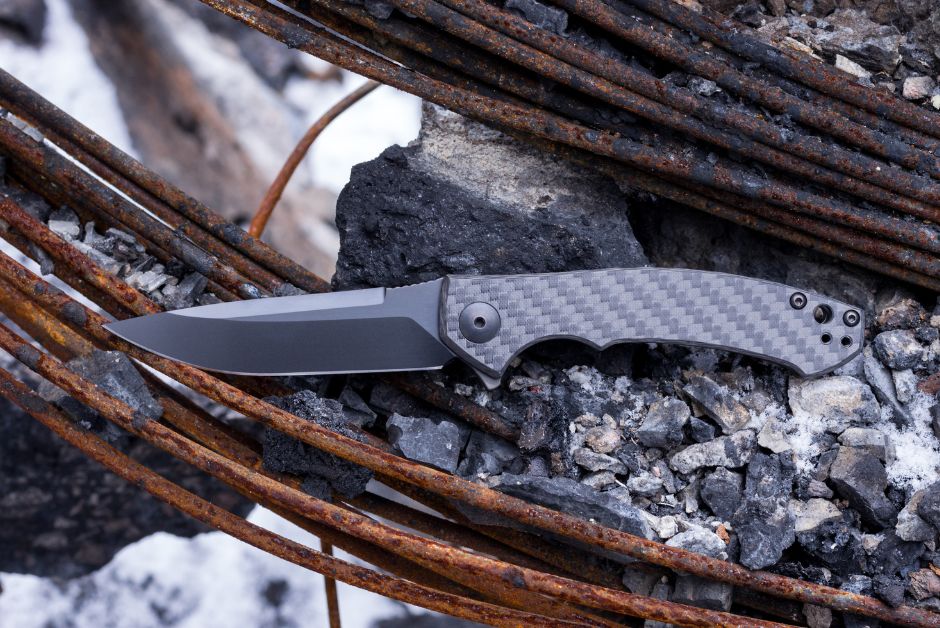When it comes to automatic knife designs, finding the perfect balance between style and functionality is a true art. These cutting-edge tools have evolved significantly over the years, and today, we delve into the world of automatic knives, exploring the intricate dance between aesthetics and practicality.
The Evolution of Automatic Knives
Automatic knives, also known as switchblades, have a rich and fascinating history that spans centuries. Originally developed for specific military and tactical applications, they have undergone a remarkable transformation to become versatile tools widely used today.
Historical Roots: The journey of automatic knives can be traced back to the early 18th century when they were primarily designed for military use. These early designs were rudimentary compared to the sophisticated automatic OTF knives we have today.
The Modern Era: Fast forward to the present day, and automatic knives have shed their niche, clandestine image. They are now an integral part of the everyday carry (EDC) community, appreciated for their convenience and quick deployment.
Form Meets Functionality
Striking a Balance
Balancing style and functionality in automatic knife designs is an intricate dance that requires meticulous attention to detail. Designers must cater to a diverse audience with varying preferences.
Appealing Aesthetics: The aesthetic appeal of an automatic knife cannot be underestimated. A well-crafted handle with intricate detailing can turn a functional tool into a work of art. Blade shapes, inspired by various sources, add character to these knives.
Practicality Matters: A visually stunning knife is meaningless if it doesn’t perform well. Functionality is the core of any knife design. It includes factors like sharpness, durability, ease of deployment, and safety features, all of which must be considered.
Aesthetics
The aesthetics of automatic OTF knives are as diverse as the designers who create them. Let’s delve deeper into the world of knife aesthetics:
Inspirations Galore: Knife designers draw inspiration from an array of sources. Nature-inspired designs might incorporate elements like animal patterns or organic shapes. Architectural influences can result in knives with sleek, modern lines.
Customization: Many enthusiasts value customization. They seek out knives with unique handles, engravings, or blade finishes. This personalization adds a touch of individuality to their collection.

Functionality
Delving into the practical aspects of automatic knife design:
Blade Types: Blades come in various shapes and sizes. Drop point, tanto, and clip point are just a few examples. Each serves a specific purpose, catering to different cutting needs.
Handle Ergonomics: Handles are meticulously designed for comfort and grip. Ergonomics play a crucial role, ensuring that the knife feels secure in the hand during use.
Safety Features: Automatic knives often incorporate safety mechanisms to prevent accidental deployment. These features are essential for user protection.
Materials Matter
Blade Materials
The materials used in crafting the blade significantly impact its performance:
Stainless Steel: High-quality stainless steel is prized for its corrosion resistance and edge retention. Varieties like 440C, S30V, and M390 are popular choices among knife enthusiasts.
Specialty Steel: For collectors and connoisseurs, specialty steels like Damascus and carbon steel offer unique visual and performance characteristics, making them highly sought after.
Handle Materials
Handles are available in an array of materials, each with its own appeal:
Natural Materials: Some prefer the classic look and feel of natural materials like wood, bone, and stag. These materials offer a timeless aesthetic.
Modern Options: Modern handle materials like G10, aluminum, and carbon fiber provide durability and a contemporary appearance. They are favored for their strength and lightweight properties.
Precision Engineering
The heart of an automatic knife lies in its engineering. The intricate mechanisms that enable smooth blade deployment require precision and expertise:
Coil Springs and Torsion Bars: These mechanisms are the unsung heroes of automatic knives. Designing them to function flawlessly while maintaining safety standards is a complex task.
Tolerances and Fit: Precision engineering also extends to the tolerances and fit of various components. Tight tolerances ensure that the knife operates smoothly, while loose tolerances can lead to wobbly blades.
Conclusion
In the world of automatic knife designs, the journey continues. Designers push boundaries, combining creativity with engineering excellence to create knives that cater to the diverse preferences of enthusiasts. Whether you seek style, functionality, or a harmonious blend of both, the world of automatic knives offers a range of options to suit your needs. The evolution of these remarkable tools shows no signs of slowing down, promising a future filled with innovation and excellence.
